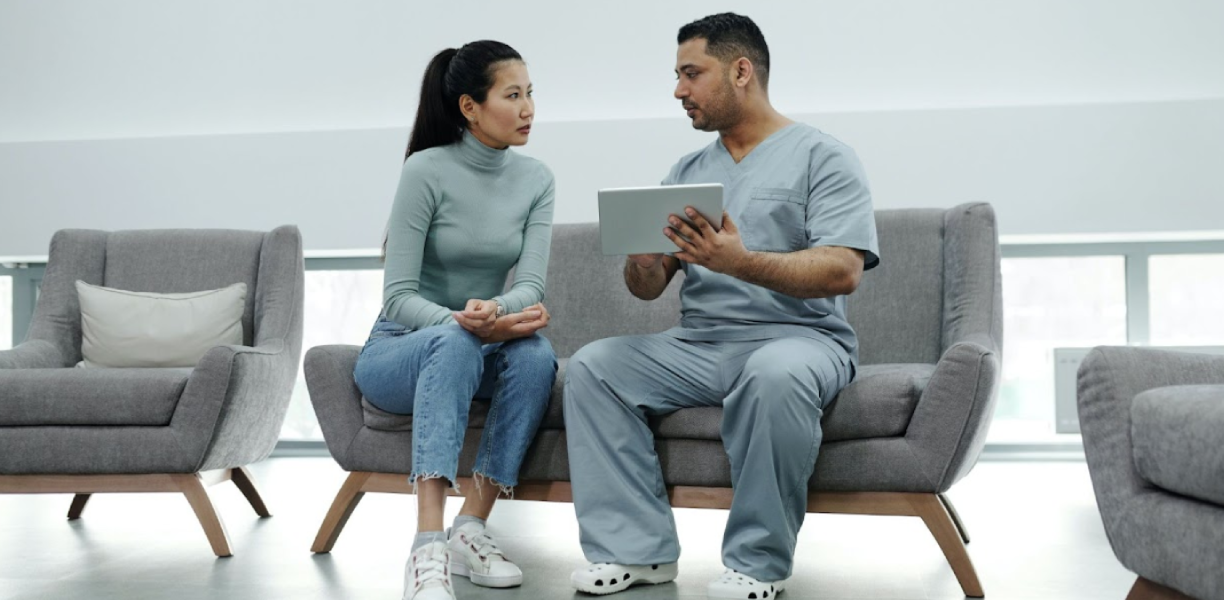Subtotal $0.00
Before PRP Therapy:
DO:
- Consult with a Medical Expert: Before considering PRP, engage with a healthcare specialist. They’ll gauge its suitability based on your medical profile.
- Stay Hydrated: This facilitates optimal blood flow and platelet concentration, critical for the treatment’s success.
- Disclose Medications: Inform your doctor about all substances you’re on. Certain medications or supplements might disrupt the treatment’s efficacy.
- Follow Guidelines: Strictly adhere to any pre-procedure directives, like fasting or evading particular substances.
DON’T:
- Don’t take NSAIDs or Blood Thinners: These can hinder the blood clotting process, undermining PRP’s effectiveness.
- Don’t consume Alcohol or Smoke: Both can impede blood circulation, which is paramount for the healing process.
After PRP Therapy:
DO:
- Rest and Recover: Post-procedure, grant yourself ample downtime. Avoid strenuous activities that might strain the treated region.
- Prioritize Hygiene: Adhere to any post-treatment hygiene instructions to fend off infections.
- Stay Mildly Active: Gentle activities, as endorsed by your doctor, can enhance blood flow and bolster PRP benefits.
DON’T:
- Don’t opt for Hot Baths or Saunas: Heat treatments might pose infection risks or exacerbate sweating in the treated zones.
- Don’t engage in Rigorous Physical Tasks: Steer clear of heavy-duty exercises or actions that could stress the treated region for the duration recommended by your specialist.
The Science Behind the Guidelines:
- Why Hydration and Medication Matter: Maintaining hydration and circumventing particular drugs ensures your blood has the right platelet concentration, vital for PRP’s efficacy.
- Avoiding NSAIDs, Alcohol, and Smoking: This ensures that the body’s natural healing processes and blood circulation aren’t compromised.
- Post-Treatment Care: Recommendations like adequate rest and hygiene help reduce infection risks and support healing, while avoiding strenuous activities ensures the treated area isn’t unduly stressed.
The above dos and don’ts are rooted in medical science, aiming to amplify the therapy’s benefits and make the recovery journey smoother.



